
How to Use CC3000 WiFi Breakout Board: Examples, Pinouts, and Specs
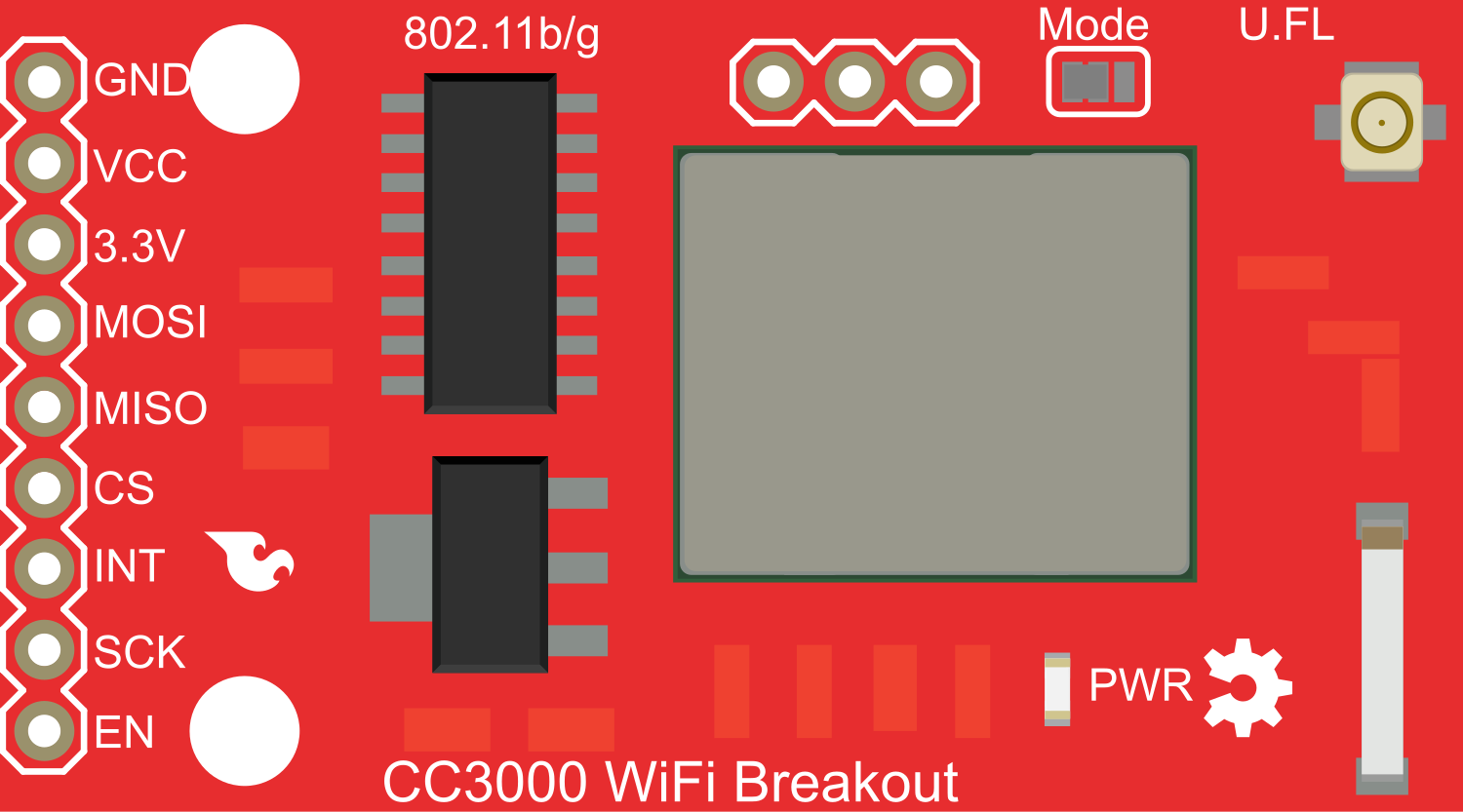
 Design with CC3000 WiFi Breakout Board in Cirkit Designer
Design with CC3000 WiFi Breakout Board in Cirkit DesignerIntroduction
The CC3000 WiFi Breakout Board is a compact wireless network module that enables internet connectivity for microcontroller-based projects. By integrating this module, devices can connect to Wi-Fi networks and communicate with the internet or other networked devices. Common applications include home automation, IoT devices, and wireless sensor networks.
Explore Projects Built with CC3000 WiFi Breakout Board
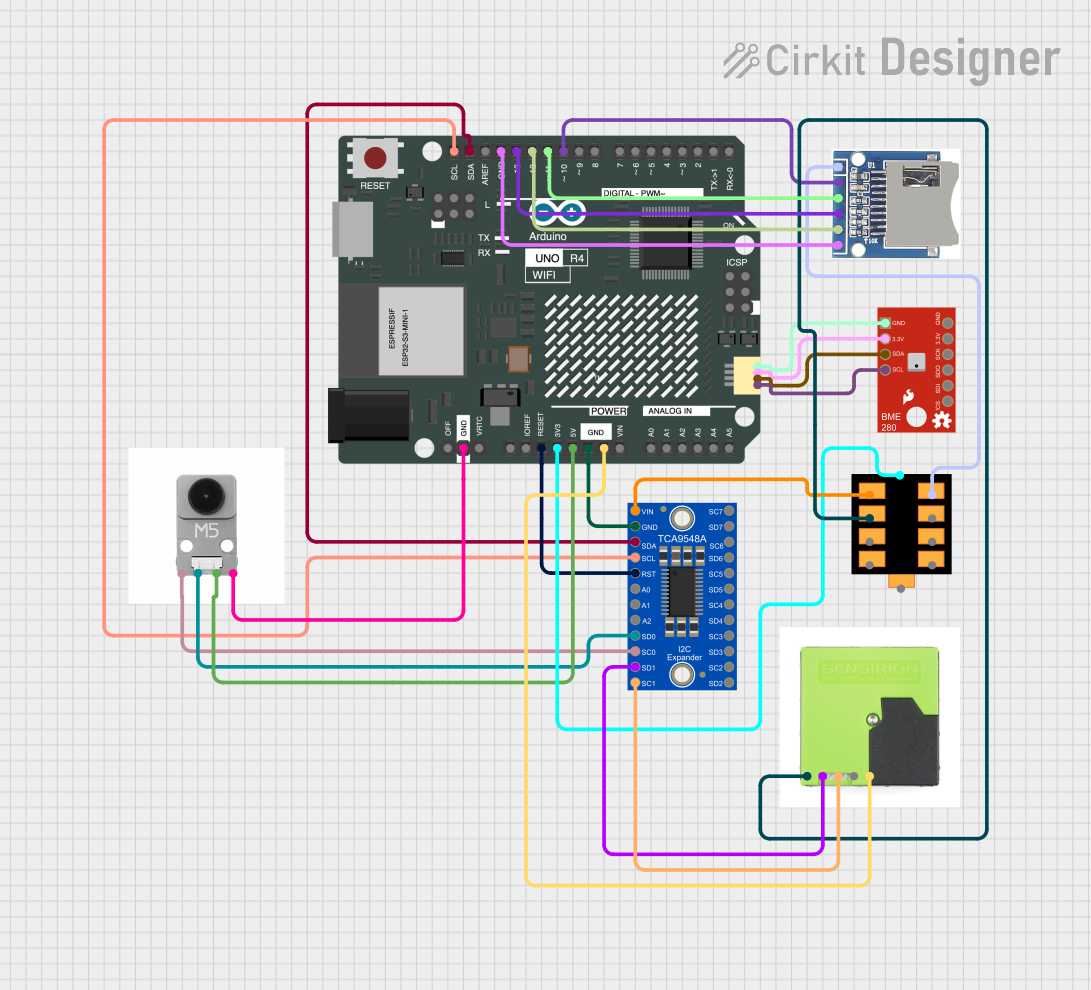
 Open Project in Cirkit Designer
Open Project in Cirkit Designer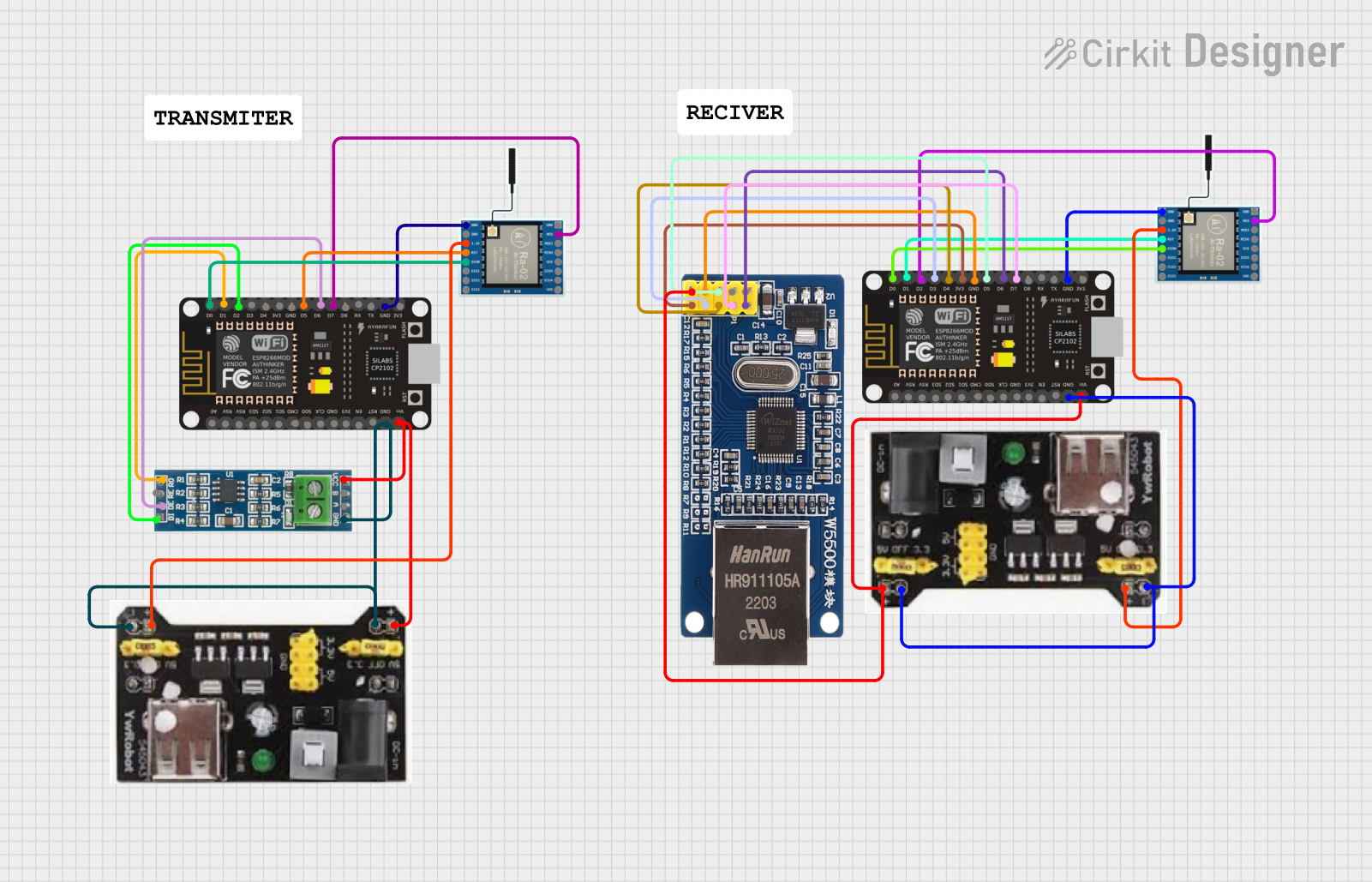
 Open Project in Cirkit Designer
Open Project in Cirkit Designer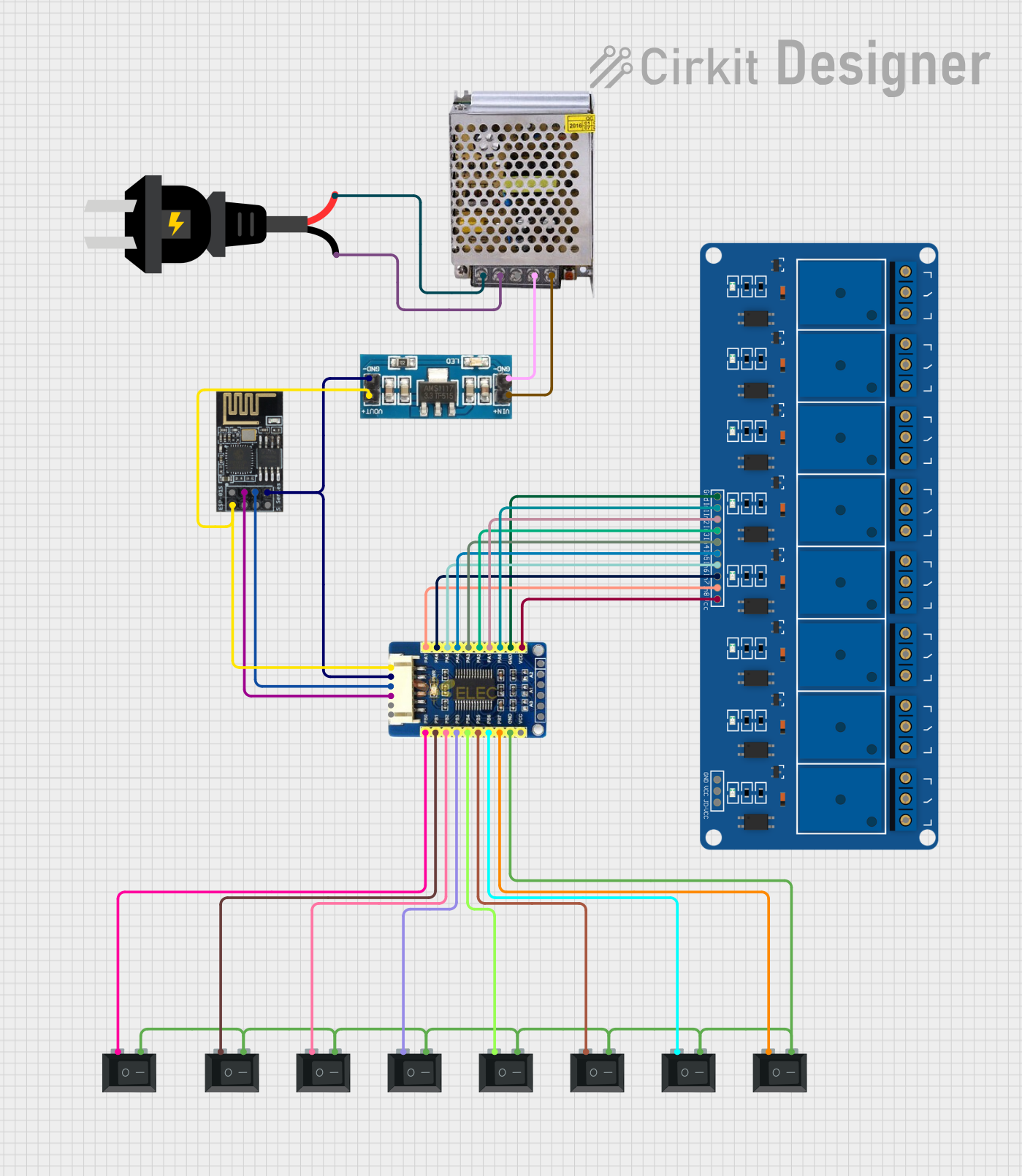
 Open Project in Cirkit Designer
Open Project in Cirkit Designer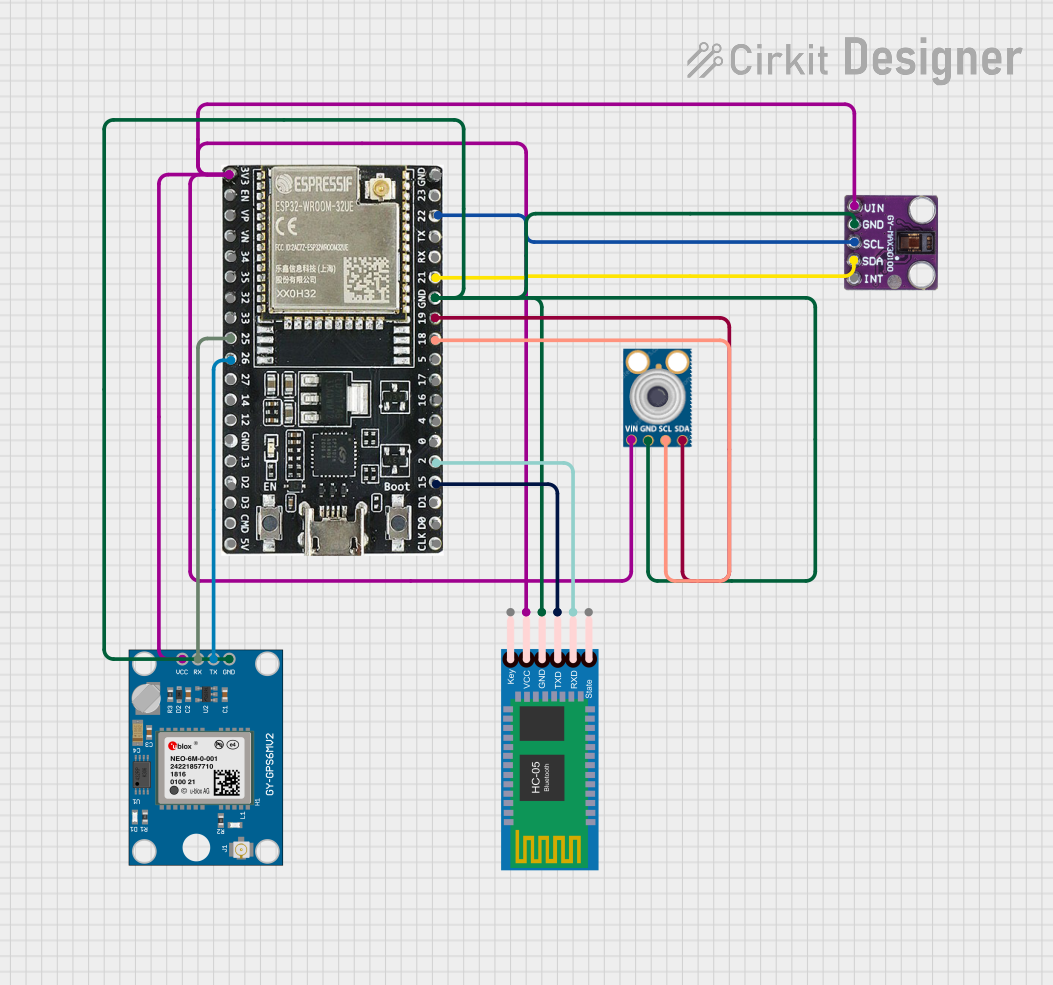
 Open Project in Cirkit Designer
Open Project in Cirkit DesignerExplore Projects Built with CC3000 WiFi Breakout Board

 Open Project in Cirkit Designer
Open Project in Cirkit Designer
 Open Project in Cirkit Designer
Open Project in Cirkit Designer
 Open Project in Cirkit Designer
Open Project in Cirkit Designer
 Open Project in Cirkit Designer
Open Project in Cirkit DesignerTechnical Specifications
Key Technical Details
- Wi-Fi Standards: IEEE 802.11b/g
- Network Protocols: TCP/IP, UDP, DHCP, DNS
- Security: WEP, WPA/WPA2 (AES and TKIP - Personal)
- Voltage Supply: 3.3V recommended
- Current Consumption: ~92 mA during transmission, ~0.6 mA in standby
- Frequency Range: 2.4 GHz ISM band
- Antenna: Integrated PCB antenna or U.FL connector for external antenna
- Dimensions: Typically around 26mm x 39mm (size may vary slightly by manufacturer)
Pin Configuration and Descriptions
| Pin Number | Name | Description |
|---|---|---|
| 1 | VBAT | Power supply (3.0V-3.6V) |
| 2 | GND | Ground connection |
| 3 | EN | Enable pin (active high) |
| 4 | IRQ | Interrupt request, active low |
| 5 | SPI_MOSI | SPI data input to CC3000 |
| 6 | SPI_MISO | SPI data output from CC3000 |
| 7 | SPI_CLK | SPI clock signal |
| 8 | SPI_CS | SPI chip select, active low |
Usage Instructions
Integration with a Circuit
- Power Supply: Connect the VBAT pin to a 3.3V supply and GND to the ground.
- SPI Interface: Connect the SPI pins (MOSI, MISO, CLK, CS) to the corresponding SPI pins on the microcontroller.
- Enable and Interrupt: Connect the EN pin to a digital output for module enable/disable control and the IRQ pin to an interrupt-capable pin on the microcontroller.
Best Practices
- Ensure that the power supply is stable and within the specified voltage range.
- Use a level shifter if interfacing with a 5V microcontroller to protect the CC3000's 3.3V logic.
- Place the board away from noise sources and metal objects to minimize interference with the Wi-Fi signal.
- Update the CC3000 firmware to the latest version to ensure compatibility and security.
Example Code for Arduino UNO
#include <Adafruit_CC3000.h>
#include <ccspi.h>
#include <SPI.h>
// Define the pins for the CC3000 chip
#define ADAFRUIT_CC3000_IRQ 3
#define ADAFRUIT_CC3000_VBAT 5
#define ADAFRUIT_CC3000_CS 10
// Create an instance of the library
Adafruit_CC3000 cc3000 = Adafruit_CC3000(ADAFRUIT_CC3000_CS, ADAFRUIT_CC3000_IRQ, ADAFRUIT_CC3000_VBAT, SPI_CLOCK_DIVIDER);
void setup() {
Serial.begin(115200);
Serial.println(F("CC3000 WiFi module starting"));
// Initialize the CC3000 (SPI clock speed should be adjusted as necessary)
if (!cc3000.begin()) {
Serial.println(F("Unable to initialize the CC3000! Check your wiring?"));
while(1);
}
// Attempt to connect to an open Wi-Fi network
if (!cc3000.connectToAP("SSID", "PASSWORD", WLAN_SEC_WPA2)) {
Serial.println(F("Failed to connect to WiFi network."));
while(1);
}
Serial.println(F("Connected!"));
// ... Additional code to use network features ...
}
void loop() {
// Main loop code goes here
}
Note: Replace "SSID" and "PASSWORD" with your Wi-Fi network's SSID and password. The security type WLAN_SEC_WPA2 should be adjusted according to your network's security settings.
Troubleshooting and FAQs
Common Issues
- Module Does Not Power On: Check the power supply and connections to the VBAT and GND pins.
- Cannot Connect to Wi-Fi: Ensure the SSID and password are correct. Verify that the Wi-Fi network is within range and operating on the 2.4 GHz band.
- Intermittent Connectivity: Check for sources of electromagnetic interference near the module or consider using an external antenna if the signal strength is weak.
FAQs
Q: Can the CC3000 be used with a 5V microcontroller? A: Yes, but a level shifter is required to convert the 5V signals to 3.3V to avoid damaging the CC3000.
Q: How do I update the firmware on the CC3000? A: Firmware updates can be performed using a special firmware update sketch provided by the manufacturer or community. Follow the instructions carefully to avoid bricking the module.
Q: What is the maximum range of the CC3000? A: The range depends on many factors, including the environment and antenna used. Typically, it can range from 50 to 100 meters indoors.
For further assistance, consult the manufacturer's datasheet and user forums for additional resources and community support.